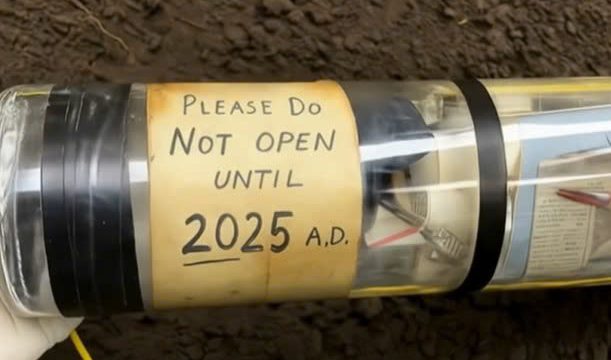Let’s take a moment to appreciate something incredibly common yet oddly overlooked—the hole in the middle of a plastic stool or chair. You know exactly what I’m talking about.

That one lonely circle smack in the center of those cheap, stackable plastic seats you’ve seen everywhere from grandma’s house to tiny tea shops, outdoor weddings, street food stalls, and school events. It’s always there, and until now, you probably never stopped to ask: what’s that hole actually for? Is it a mistake? A weird manufacturing quirk? Or is there a real reason for it? Spoiler alert—it’s not random. That seemingly insignificant hole is actually a clever bit of design, and it serves several very practical, even brilliant, purposes. First and foremost, that hole is key to making these stools easy to handle and stack. If you’ve ever tried to separate a pile of plastic stools, you’ll know the struggle.
You pull one, and the whole stack threatens to tumble like a giant plastic Jenga game. The reason for this is suction. When smooth plastic surfaces are stacked on top of each other, they create a vacuum seal that makes them hard to separate. That center hole? It allows air to flow in and break the seal, making it much easier to lift one stool from the next. It’s just simple physics doing its thing—and it works brilliantly. Even better, the hole doubles as a handle. Instead of awkwardly grabbing the legs or edges, you can easily carry the stool by slipping your fingers through the hole. Built-in ergonomics, right there in your budget-friendly plastic furniture. But the functionality doesn’t stop with stacking and carrying.
The hole also plays a big role in drainage. Picture this: you leave a stool outside overnight, and it rains. Without a hole in the center, that seat becomes a mini birdbath. No one wants to sit in a puddle, especially when they’re dressed for an occasion. Thanks to the hole, water drains out quickly, leaving the surface drier and far more comfortable. This feature is especially helpful in environments where cleaning is done with water—like food stalls or casual dining areas—because it allows spilled water or cleaning runoff to drain through instead of pooling. It prevents the dreaded accidental sit-in-a-puddle moment. On the production side, the hole is also a small but mighty design win.
In the world of injection molding, where plastic is melted and poured into molds, the center of the stool tends to be the thickest and therefore the slowest to cool. By leaving a hole there, manufacturers reduce the cooling time, speeding up the overall production process. Less material is used, the stool cools faster, and more units can be made in less time. That’s a huge win in mass manufacturing where every second and every gram of plastic counts. In addition to improving efficiency, that hole reduces the stool’s weight.
These stools are designed to be lightweight and portable, and every bit of plastic saved contributes to easier transport and lower shipping costs. Over thousands or millions of units, that tiny hole adds up to major material savings and even helps reduce the carbon footprint. And let’s be honest, the hole has one more purpose—it’s just plain fun. Kids love poking their fingers through it. Adults probably have, too, at some point. It’s a quirky little feature that has somehow become iconic. It sparks curiosity, conversation, and now, appreciation.
The next time you sit down on one of those humble plastic stools, take a second to notice that little hole. It’s not just a random circle—it’s a multifunctional feature that helps with stacking, drainage, carrying, production, and more. What once seemed like an odd design choice is now clearly a quiet stroke of genius. Sometimes, the smallest details have the biggest impact, and the things we overlook every day often turn out to be the most thoughtfully designed. That tiny hole in your plastic stool? It’s doing way more than you ever imagined.





